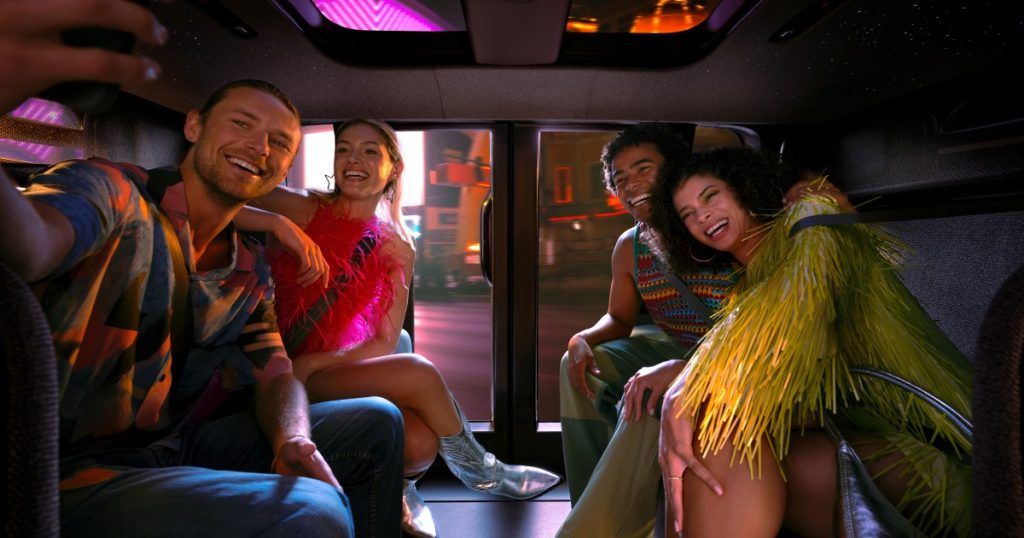
Welcome to Digital Trends’ weekly recap of the revolutionary technology powering, connecting, and now driving next-gen electric vehicles.
A ride in a robotaxi—just you and a machine at the wheel. Tempting? Terrifying? I haven’t taken one yet, so I can easily picture myself nodding serenely on the outside, while my inner backseat driver screams in silence at every unexpected turn.
If you’re also hesitant about the new technology, you’re not alone: According to an MIT/JD Power survey, 83% want more safety data before taking the plunge, and 86% want the ability to take over the steering wheel—just in case tech takes a wrong turn.
It didn’t help that the year kicked off with the story of a tech entrepreneur almost missing his plane in Phoenix, Arizona after his robotaxi experienced a glitch and looped 8 times around a parking lot.
That being said, overall consumer confidence in the technology has steadily increased over the past few years, coinciding with rising numbers of safety studies. And, of course, U.S.-market leaders, such as Alphabet’s Waymo, Amazon’s Zoox, and soon Tesla’s robotaxis, are increasingly deploying automated-driven wheels on city streets.
Waymo
Just this past week, Waymo received approval to further expand its operations around the San Francisco Peninsula, including San Jose. With a fleet of over 1,500 vehicles already operating in California, Arizona, Texas and Florida, the company is the undisputed robotaxi leader in the U.S., delivering over 250,000 rides per week.
So what secret sauce does Waymo use to ease riders into its Jaguar I-Pace EVs?
Before you start your first ride, you’ll receive a walkthrough of the vehicle and app, including how to start the ride, lock/unlock doors, and contact support—building comfort from the start.
Once seated inside, you’ll find a screen in front of you displaying a live map and the vehicle’s exact location. This real-time information helps you understand what the car is doing and where it’s going. Studies show these “situational awareness displays” can ease anxiety and reduce feelings of powerlessness—just like the in-flight maps on airplanes. If your backseat driver tendencies are still kicking in, audio and visual cues let riders know what the car is about to do, such as ‘slowing for a pedestrian’ or ‘waiting to make a left turn’, to reinforce trust in the vehicle’s decision-making.
For Waymo, as with most other manufacturers of robotaxis, ensuring safety starts with using expensive navigational technology: Waymo’s vehicles rely on pre-mapped roads, sensors, cameras, radar, and lidar (a laser-light radar). This largely explains why Waymo was able to receive an early nod from safety regulators and take the lead in the U.S. market.
Tesla
Tesla, which is set to launch its own robotaxis in Austin, Texas in June, has taken a different, less expensive, approach: Its self-driving technology relies on multiple onboard cameras to feed AI machine-learning models which, in turn, help the car make decisions. That technology has so far remained under much tighter scrutiny from regulators.
At this stage of the game, automakers continue to test different blends of navigational tech, and eventually, the results will have to speak for themselves. But it’s interesting to note that just one month before the launch of its own robotaxis, Tesla’s head of Autopilot and AI Software, Ashok Elluswamy, made a stunning admission: “Technically, Waymo is already performing,” Elluswamy said during an interview with an Indian podcaster. “We are lagging by maybe a couple of years.”
Zoox
Zoox, Amazon’s self-driving unit, has also been making headlines this past week, announcing it will soon begin testing self-driving cars in Atlanta. The fleet will consist of retrofitted SUVs with human safety operators, marking the company’s seventh testing location.
Stepping into a Zoox, maybe the first thing you’d notice is the absence of a steering wheel and then, the seating arrangement: Four individual seats arranged in a symmetrical, face-to-face configuration—two seats on each side—without a traditional front or back.
According to the company, this setup fosters a lounge-like atmosphere, encouraging conversation among passengers and eliminating the hierarchy often associated with front and back seats in conventional vehicles. Each seat offers equal space, comfort, and access to features, ensuring no passenger is prioritized over another. In your personal seat, you’ll find amenities such as cupholders, wireless charging pads and touchscreens that allow you to control music, climate settings, and lighting.
If there’s no steering wheel in sight and I get to kick back in a lounge-style cabin chatting face-to-face, I just might forget all about my backseat driver habits. Think that’d work for you too?
Uber
In other robotaxi news, hail-riding app company Uber has announced it’s ready to launch driverless taxi services in the UK, in collaboration with 18 tech firms to equip vehicles with radar, multiple cameras, and AI-powered software. But, in the UK, the government isn’t yet ready to take a backseat and wants further testing with human drivers present. The expected launch has been pushed back to 2027.


